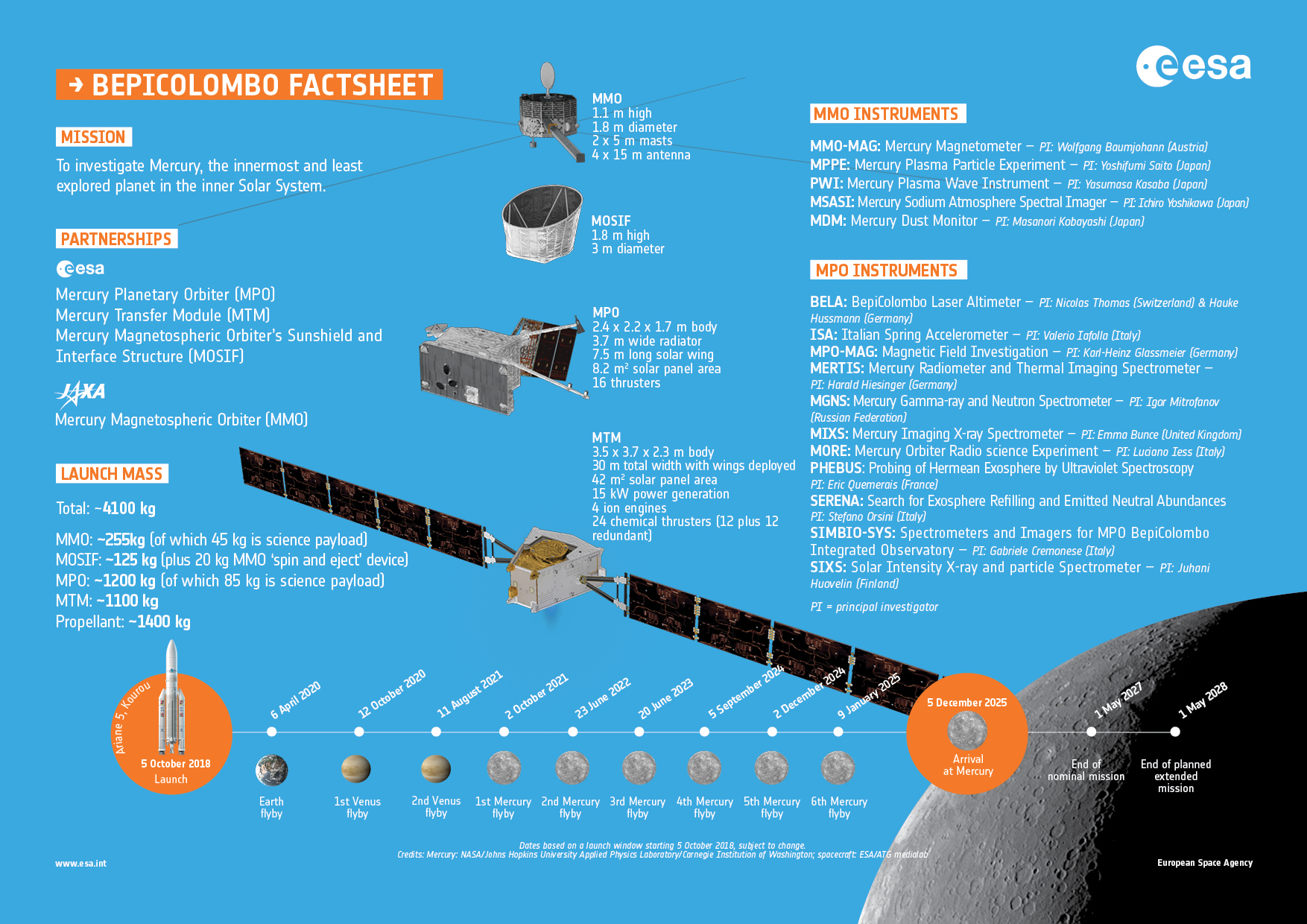Ian said:
The sun’s atmosphere regularly erupts with fast-moving flashes of protons and explosions of energetic particles that can hit Earth within minutes and disrupt radio communication, interfere with GPS and fry the electric grid. A “worst case scenario” space weather event could cause more damage than Hurricanes Katrina, Harvey and Sandy combined.
“It sounds like science fiction,” said National Oceanic and Atmospheric Administration meteorologist William Murtagh, who heads the Space Weather Forecasting Centre. “But it’s something that’s not only possible but very likely to happen in the not-too-distant future.”
—
Is ‘e exaggerating?
“If they’re directed at Earth, such flares and associated CMEs can create long lasting radiation storms that can harm satellites, communications systems, and even ground-based technologies and power grids. X-class flares on December 5 and December 6, 2006, for example, triggered a CME that interfered with GPS signals being sent to ground-based receivers.”
NASA
> Is ‘e exaggerating?
So fas a I know, yes. “space weather event could cause more damage than Hurricanes Katrina, Harvey and Sandy combined” looks to me like a huge exaggeration. But I’ll check it up.
There are a few papers on the topic of extreme space weather:
“On the probability of occurrence of extreme space weather events”
“The Economic Impact of Space Weather: Where Do We Stand”
“Extreme Space Weather Impact: An Emergency Management”
“The 1859 space weather event revisited: limits of extreme activity”
September 1859. The “Carrington” event is the benchmark for extreme space weather studies. The solar flare, the geomagnetic storm, and the energetic particle flux associated with this event make it one of the largest on record. Note that many crucial parameters were not measured directly, so its precise properties are subject to uncertainty. In particular, estimating the strength of the geomagnetic storm associated with the Carrington event has attracted some debate; initial estimates (2003) should be disregarded in favor of more recent analysis (2005, 2006).
“For a 1989 Quebec‐like event, the global economic impacts would range from $2.4 to $3.4 trillion USD over a year.”
“Several studies have assumed that a Carrington event would cause major transformer damage/failure and permanent loss of generator step‐ups, taking 4 to 10 years to recover from. … In a separate assessment, a recovery time of 5 months or more is suggested, with a total cost to the USA of between $0.6 and $2.6 trillion.”
“In another study, resolved to the level of individual U.S. states taking account of geomagnetic latitude, ground conductivity, and the number of transformers in each state. The difficulty of procuring and installing replacement extra high‐voltage transformers is discussed in detail. For each scenario, direct and indirect costs are calculated. The total economic loss varies between $0.5 tn and $2.7 trillion. An alternative methodology finds a total loss of $140 to $613 billion.”
mollwollfumble thinks, surely that loss can be reduced to zero, by simply switching off power supply during the “16 days” that the storm is active. Thereby reducing the recovery time from 4+ years to 16 days.
“According to both the North American Electric Reliability Corporation (NERC) and the U.K. Royal Academy of Engineering (RAE), with the exception of transformers that are already near end‐of‐life and of pre-1995 obsolete design, during a major geomagnetic storm the design thresholds are unlikely to be exceeded. Outages are measured in hours to days, rather than months.”
“The economic impact of Hurricane Katrina was estimated to be $81–$125 billion USD”.
